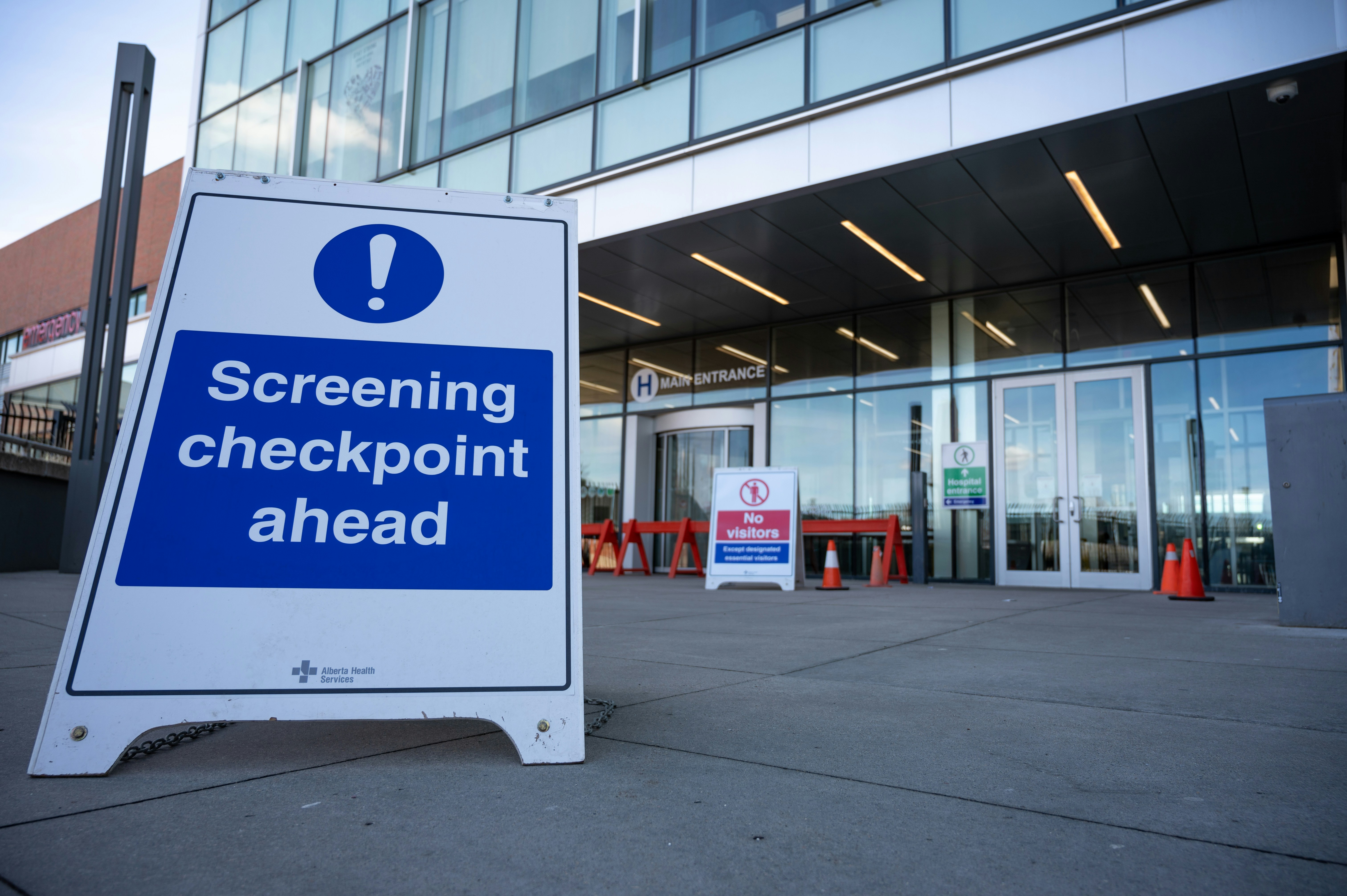Prevention and health promotion within the framework of the Hungarian Mobile Health Screening Program
Abstract
Introduction: The “Mobile Health Screening” program provides preventive and health promotion services through mobile units (commonly known as screening buses). The program helps reduce the health inequalities in disadvantaged areas since 2018, by making public screening services available and accessible at the place of residence.
Opinion: The programme has undergone continuous development since 2018, improvements have been made in the areas of screening and testing, as well as in the qualitative and quantitative aspects of both physical and human conditions. The total number of screening bus visits over the 5 years was 43 843, however, multiple screenings or tests per individual were executed so the real number of healthcare staff and client encounters could be considered higher than the number of visits. In addition, tracking of patient pathways was an important key element of the programme’s development.
Conclusions: Summarizing the experience of the last five years, the high attendance, as well as the feedback from the target groups have demonstrated the need for the programme, the continuation of it and extension of its role as a public health intervention.
References
Babor, T., Higgins, J., & Biddle, J. (2006). Rövid intervenció a kockázatos és az ártalmas ivás kezelésében. Alapellátási kézikönyv. Budapest: Országos Addiktológia Intézet.
Bálint, Cs. (2021). Pillanatkép a háziorvosi és házi gyermekorvosi alapellátás járási szintű területi egyenlőtlenségeiről a koronavírusjárvány előtti időszakból. Multidiszciplináris kihívások, sokszínű válaszok, (1). 78-107. doi:org/10.33565/MKSV.2021.01.04
Bársonyné Kis, K., Bajusz, J., Eszik, O., Gácsi, E., Karácsony, I., Kereki, J. & Kispéter L. (2015). START... Új védőnői módszerek a koragyermekkori fejlődési eltérések felismerésében és gondozásában. Budapest: ÁEEK.
Bertoncello, C., Cocchio, S., Fonzo, M., Bennici, S. E., Russo, F., & Putoto, G. (2020). The potential of mobile health clinics in chronic disease prevention and health promotion in universal healthcare systems. An on-field experiment. International Journal for Equity in Health, 19(1), 1-9. doi: 10.1186/s12939-020-01174-8
Brown-Connolly, N. E., Concha, J. B., & English, J. (2014). Mobile health is worth it! Economic benefit and impact on health of a population-based mobile screening program in new Mexico. Telemedicine and e-Health, 20(1), 18-23. doi:10.1089/tmj.2013.0080
Chuang, S.L., Wang-Yu Su, W., Chen, S.S., Yen , A.F., Wang, C.P., Fann, J.Y., Chiu, S.Y.; Lee, Y.; Chiu, H.; Chang, D.; Jou, Y.; Wu, C.; Chen, H.; Chen, M. & Chiou , S.-T. (2017). Population-based screening program for reducing oral cancer mortality in 2,334,299 Taiwanese cigarette smokers and/or betel quid chewers. Cancer, 123.(9.), 1597-1609. doi: 10.1002/cncr.30517.
Daraei, P., & Moore, C. E. (2015). Mobile health screening initiatives: a narrative of three unique programs in underserved populations. Innovation and Entrepreneurship in Health, 2(7), 41-47. doi: doi.org/10.2147/IEH.S64529
Greenwald, Z., El-Zein, M., Bout, S., Ensha , H., Vazquez, F., & Franco, E. (2017). Mobile Screening Units for the Early Detection of Cancer: A Systematic Review. Cancer Epidemiology, Biomarkers & Prevention, 26(12), 1679-1694. doi.org/10.1158/1055-9965.EPI-17-0454
Grant, M. (1965). Screening for chronic disease with a mobile health unit. Public Health Reports, 80(7), 633-638.
Györgyi, Z. (2019). Innováció a gazdaságban és az oktatási innováció. Iskolakultúra, 29 (1), 110-113.
Ferris, D. G., Shapiro, J., Fowler, C., Cutler, C., Waller, J., & Condorhuaman, W. S. G. (2015). The impact of accessible cervical cancer screening in Peru—the Día del Mercado Project. Journal of Lower Genital Tract Disease, 19(3), 229-233. doi:10.1097/LGT.0000000000000112
Fontenoy, A. M., Langlois, A., Chang, S. L., Daigle, J. M., Pelletier, É., Guertin, M. H., Théberge, I., & Brisson, J. (2013). Contribution and performance of mobile units in an organized mammography screening program. Canadian Journal of Public Health, 104 (3), 193-199. doi:10.17269/cjph.104.3810
Jelenszkyné Fábián, I. (2019). Partnerintézmények, együttműködési formák, jó gyakorlatok a Pécsi Tudományegyetem tanárképzésében. Képzés és Gyakorlat, 17 (1), 111-120. doi.org/10.17165/TP.2019.1.9
Joshi, S., Muwonge, R., Kulkarni, V., Lucas, E., Kulkarni, S., Kand, S., Mandolkar, M., Baig, M., Wankhede, S., Surwase, K., Pardeshi, D., Basu, P. & Rengaswamy, S. (2021). Mobile Screening Unit (MSU) for the Implementation of the ‘Screen and Treat’Programme for Cervical Cancer Prevention In Pune, India. Asian Pacific Journal of Cancer Prevention, 22(2), 413-418. doi: 10.31557/APJCP.2021.22.2.413
Hill, C., Zurakowski, D., Bennet, J., Walker-White, R., Osman, J. L., Quarles, A., & Oriol, N. (2012). Knowledgeable Neighbors: a mobile clinic model for disease prevention and screening in underserved communities. American Journal of Public Health, 102(3), 406-410.
Karácsony, I., Ferenczy, M., Máté-Póhr, K. & Karamánné Pakai, A. (2020). A védőnői pályára nevelés a területi védőnői gyakorlatok szummatív értékelésének tükrében. In: Torgyik, J. (szerk.) Társadalmi felelősség és szociális gondolkodás. Sozial und Wirtschafts Forschungsgruppe. Grosspetersdorf, Ausztria, 22-27.
Lofters, A., Schuler, A., Slater , M., Baxter , N., Persaud, N., Pinto, A., Kucharski, E., Davie, S., Nisenbaum, R. & Kiran, T. (2017). Using self-reported data on the social determinants of health in primary care to identify cancer screening disparities: opportunities and challenges. BMC Family Practise, 18.(1.), 1-11. doi: 10.1186/s12875-017-0599-z
Nemzeti Népegészségügyi Program. (2018–2030). Emberi Erőforrások Minisztériuma Egészségügyért Felelős Államtitkársága és a Népegészségügyi Képző- és Kutatóhelyek Országos Egyesülete. Szakmai szerkesztő: Ádány Róza.
Roen, E. L., Roubidoux, M. A., Joe, A. I., Russell, T. R., & Soliman, A. S. (2013). Adherence to screening mammography among American Indian women of the northern plains. Breast Cancer Research and Treatment (139)3, 897-905. doi: 10.1007/s10549-013-2580-4
Yu, S. W., Hill, C., Ricks, M. L., Bennet, J., & Oriol, N. E. (2017). The scope and impact of mobile health clinics in the United States: a literature review. International Journal for Equity in Health, 16(1), 1-12. doi: 10.1186/s12939-017-0671-2
Vokó, Z., Túri, G., & Zsólyom, A. (2016). A szájüregi szűrés költséghatékonysága Magyarországon. Orvosi Hetilap, 157.(29.), 1161–1170. doi:10.1556/650.2016.30447
Warnakulasuriya, S., & Kerr, A. (2021). Oral Cancer Screening: Past, Present, and Future. Journal of Dental Research, 100.(12.), 1313–1320. doi: 10.1177/00220345211014795

Copyright (c) 2024 Csilla Árváné Egri

This work is licensed under a Creative Commons Attribution-NonCommercial 4.0 International License.


